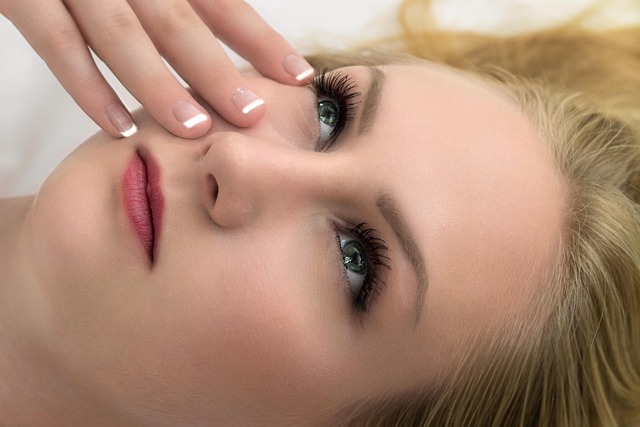Skin tags, caused by genetics, age, weight, hormones, and skin irritation, can be removed in Bristol via at-home or professional methods. Professional Bristol Tag Removal includes cryotherapy, surgical excision, or laser treatments for larger tags. Post-care involves cleaning, avoiding scratching, using cool compresses, antiseptic creams, moisturizing gently, protecting from sun, and preventing reoccurrence.
Looking to remove skin tags safely? This comprehensive guide explores best practices for Bristol tag removal, covering everything from understanding the causes and types of these common growths to effective at-home and professional removal methods. Learn essential post-removal care tips for optimal healing and preventive measures to minimize recurrence.
- Understanding Skin Tags: Causes and Types
- Safe Removal Methods: At-Home and Professional
- Post-Removal Care: Healing and Prevention Tips
Understanding Skin Tags: Causes and Types

Skin tags, also known as acrochordons, are small, soft skin growths that typically appear in areas where skin rubs against itself, such as the neck, armpits, or groin. They are usually harmless and often go unnoticed, but some individuals may find them unsightly or uncomfortable. Understanding their causes and types is an essential first step in considering Bristol tag removal options.
There are several factors that can contribute to skin tag formation, including genetics, age, weight, hormonal changes, and frequent friction or irritation of the skin. They can vary in size, from a few millimeters to over a centimeter, and may be single or occur in clusters. Some types include skin tags on the face, neck, chest, armpits, or extremities, each presenting unique challenges when considering safe removal methods.
Safe Removal Methods: At-Home and Professional

When it comes to removing skin tags safely, there are both at-home and professional methods to consider. At-home removal often involves over-the-counter creams or salves that can be effective for smaller, less sensitive tags. These products typically contain ingredients like salicylic acid or duct tape, which work by gradually drying out the skin tag over time. However, it’s essential to follow instructions carefully and remember that results may vary; some people might experience discomfort or irritation.
For more persistent or larger skin tags, professional Bristol tag removal is recommended. Dermatologists or specialized clinics offer various safe methods, including cryotherapy (freezing), surgical excision, or laser treatments. Cryotherapy is a quick procedure where liquid nitrogen freezes and destroys the skin tag, while surgical excision involves cutting and stitching the tag away. Laser treatments target the blood vessels feeding the tag, causing it to fall off. Each method has its advantages and might be more suitable depending on the size, location, and individual’s comfort level.
Post-Removal Care: Healing and Prevention Tips

After successfully removing skin tags using a professional Bristol tag removal service, proper post-care is essential for optimal healing and to prevent future occurrences. First, keep the treated area clean by gently washing it with mild soap and water; avoid scratching or picking at the site, as this can introduce infections. Applying a cool compress several times daily can soothe any discomfort while promoting blood flow, which aids in the healing process.
To further ensure successful recovery and prevent reoccurrence, consider using over-the-counter antiseptic creams to reduce the risk of infection. Moisturizing the surrounding skin is also important to maintain skin health; look for gentle, fragrance-free moisturizers that won’t irritate the sensitive area. Lastly, be mindful of sun exposure; protect the treated site with clothing or sunscreen to prevent further damage and potential hyperpigmentation.
When it comes to Bristol tag removal, understanding safe practices is key. By familiarizing yourself with different removal methods, both at-home and professional, you can make an informed decision for your skin’s health. Following proper post-removal care ensures healing and helps prevent future tags. Remember, seeking expert advice from dermatologists or trained professionals is crucial for safe and effective tag removal.
